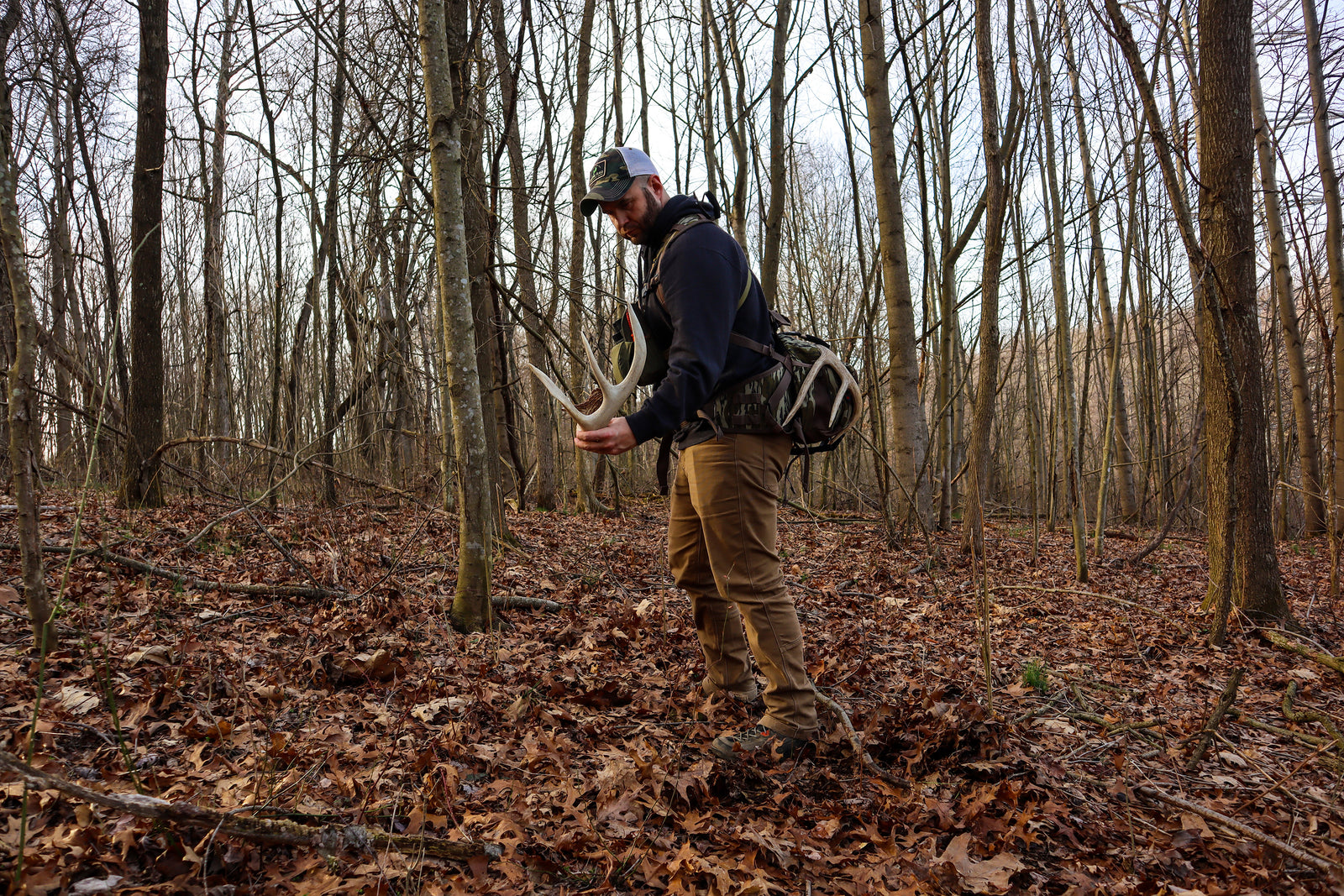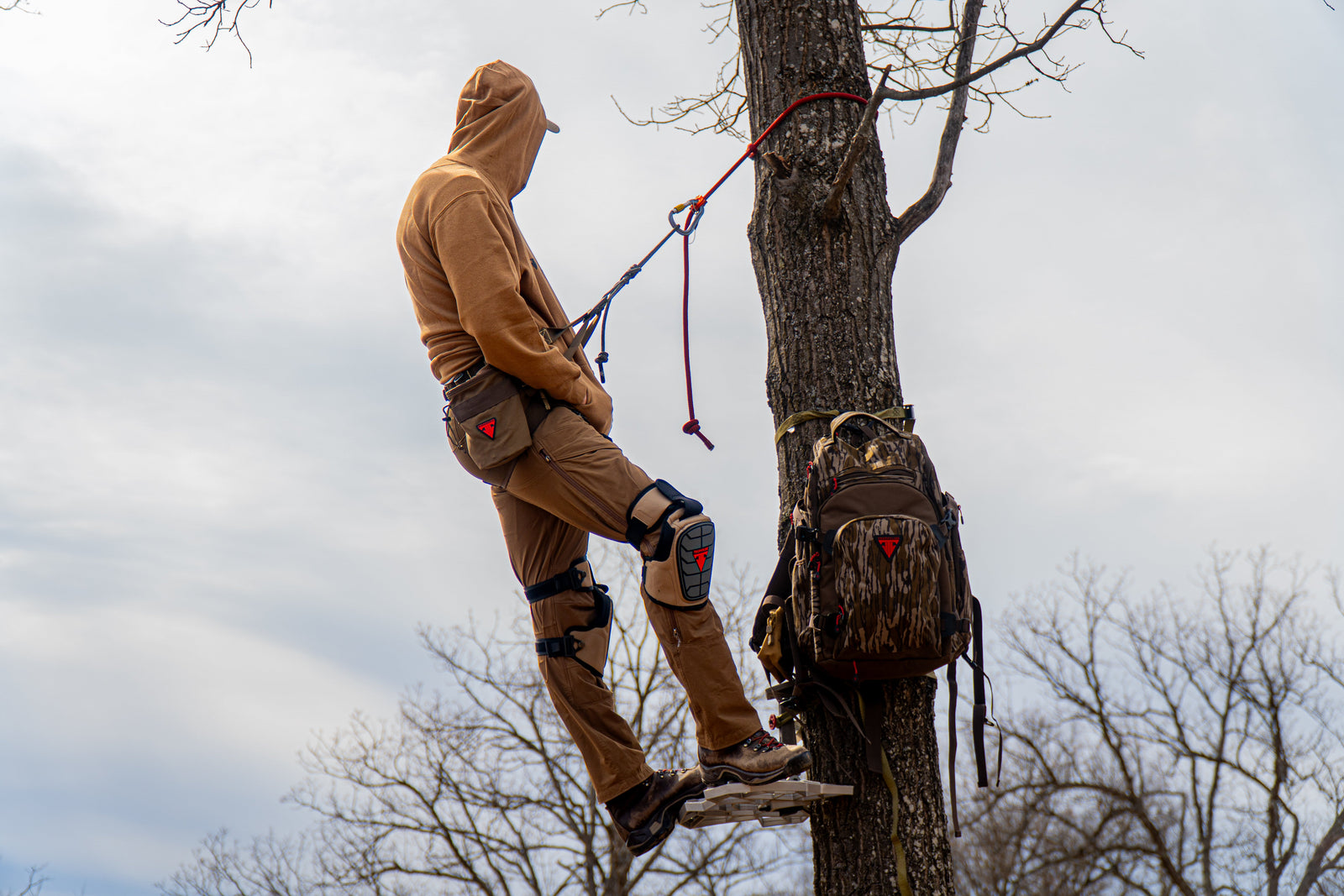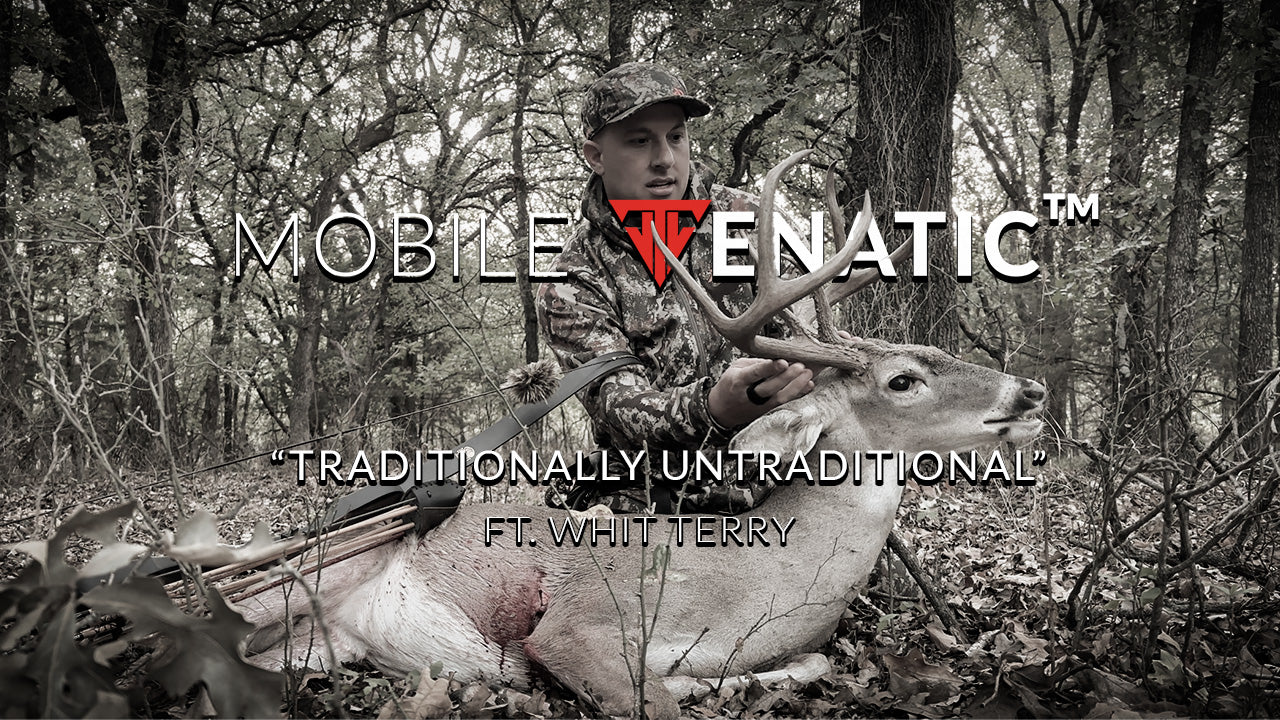Great product, pleased with my purchase. Fit inside each other well, fits on the cays 2.0 pack perfectly. I hunt at 16 feet with them spaced out well. Very secure and grip well to the tree. Highly recommend.
Great product, good for a guy that likes to get out and hit the woods everyday. Super comfortable, lightweight and adjustable. Grips well to any type of tree you throw it on, and has good grip for your boots as well. Highly recommend.
Besides being completely scratched and the teeth being completely crooked on them when they came out of the box they are alright. Oh yeah and the first time using them. One of the teeth turned completely sideways first use so you might wanna tighten them up before hand.






